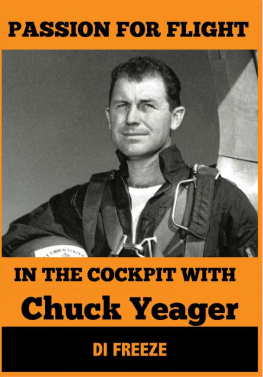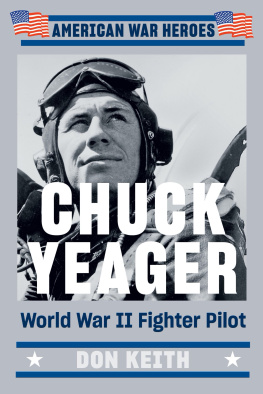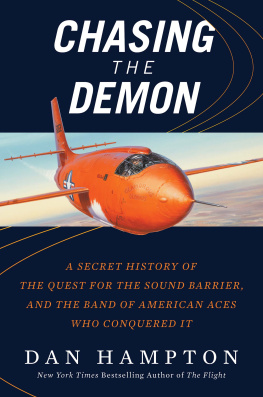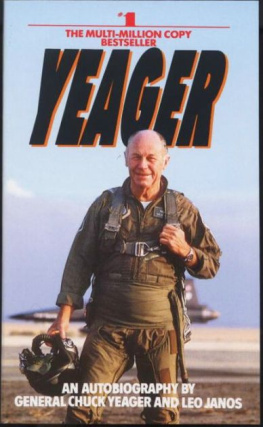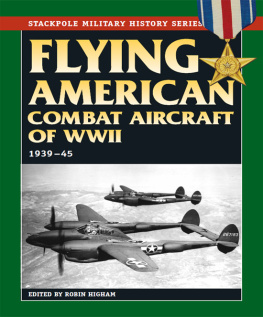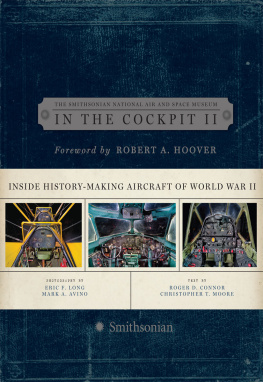In the Cockpit with ChuckYeager
Di Freeze
In the Cockpit with Chuck Yeager
Published by Di Freeze at Smashwords
Smashwords Edition, License Notes
This e-book is licensed foryour personal enjoyment only. This e-book may not be re-sold orgiven away to other people. If you would like to share this bookwith another person, please purchase an additional copy for eachrecipient. If youre reading this book and did not purchase it, orit was not purchased for your use only, then please returnto Smashwords.com
Copyright 2013 Di Freeze
All rights reserved.
Freeze Time Media
In the Cockpit with Chuck Yeager and other booksin the Passion for Flight series are dedicated to the many pilotssuch as Brig. Gen. Charles Chuck Yeager who have allowed me andothers to glimpse the beauty of flight through their eyes. Thisseries is also dedicated to those pilots I had the pleasure ofinterviewing who have flown west, including Brig. Gen. Robin Olds,Brig. Gen. David Lee Tex Hill, and Steve Fossett. My hope is thatthese stories will inspire future pilots, young and old alike, toexperience that beauty and passion for flight.
EAGER TO ACQUIRE KNOWLEDGE
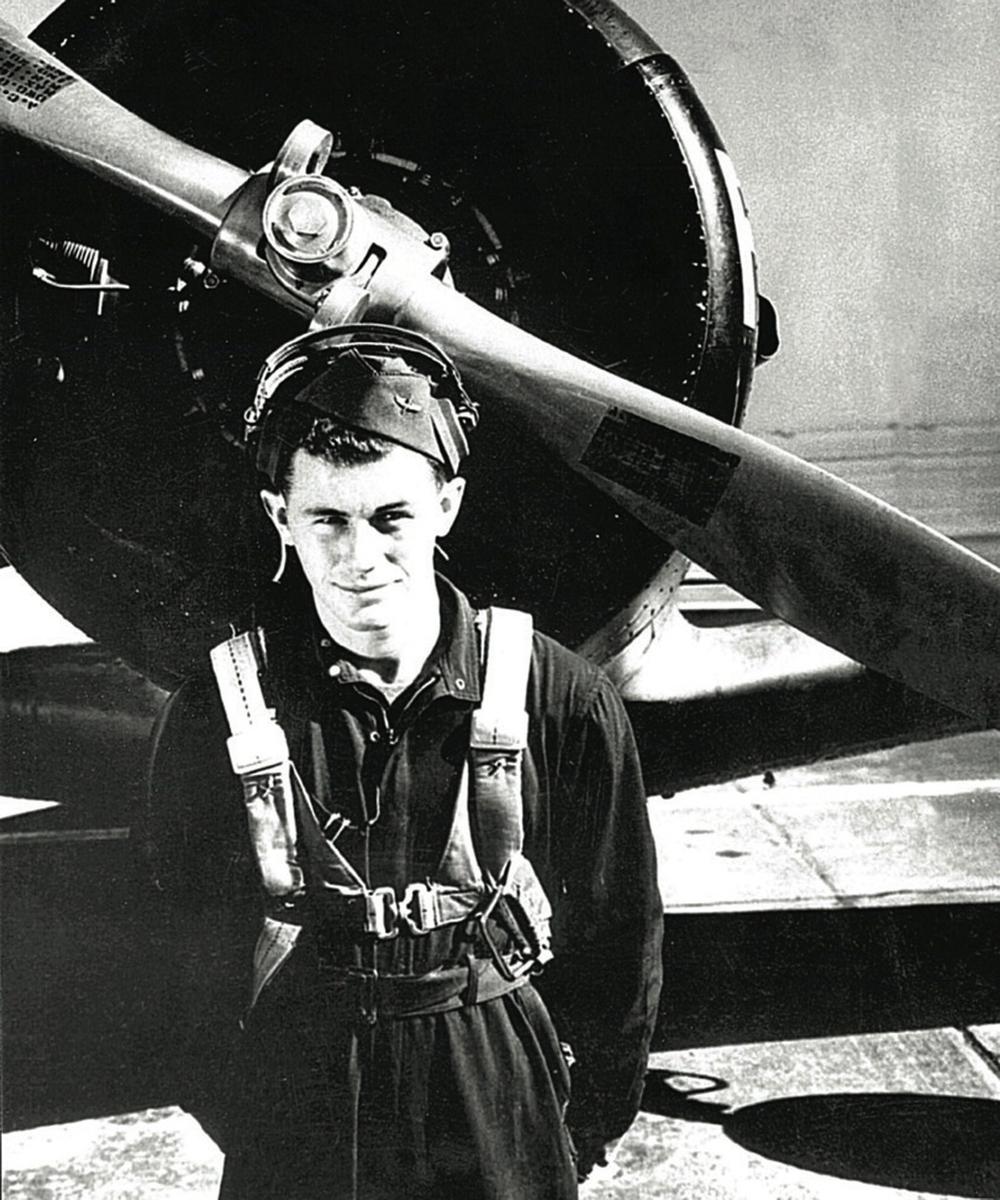
GCYI Photo
Chuck Yeager grew up in the Appalachianfoothills of West Virginia.
While growing up in the Appalachianfoothills of West Virginia, Chuck Yeager never dreamed of flying.I run into guys that say, I hung on a fence and looked atairplanes; I really wanted to be a pilot. But airplanes meantnothing to me. Even after I got into the military, at age 18, I wasjust a mechanic. I wasnt interested in flying. It wasnt myworld.
But flying definitely became his world. In65 years in military cockpits, Yeager flew at least 340 differentmakes and models of military airplanes, including the Air Forcesentire inventory during World War II, as well as aircraft fromGermany, France, England, Japan, Sweden and Russia.
Charles Elwood Chuck Yeager was born onFebruary 13, 1923, to Albert Hal and Susie Mae Yeager. He spent hisearly years in Myra, West Virginia, a small town a few miles up theMud River from Hamlin, and in Hubble, where his father worked forthe railroad. His later jobs included drilling gas wells. All thesurveys that everyone used for geology all over the state were myfathers. He had an eighth grade education but a PhD in selfeducation.
When Yeager was in preschool, they moved toHamlin, which had a population of 400. Later in life, Yeager wouldbe glad he inherited his fathers mechanical aptitude. He grew uparound truck engines and drilling equipment, and it was easy forhim to take apart a car motor and put it back together.
At Hamlin High School, he excelled atanything requiring dexterity or mathematical aptitude. Money washard to come by, so after graduating in 1941, he never consideredgoing to college. I wasnt much of a scholar, but I was alwayseager to acquire practical knowledge about things that interestedme," he said in his autobiography, Yeager, a multimillion copybestseller.
In the summer of 1941, an Army Air Corpsrecruiter came to town, and Yeager enlisted for a two-year hitch.I thought I might enjoy it and see some of the world.
The Army Air Corps trained him as amechanic. Stationed at Moffett Field, California, he was crew chiefon T-6s when a bulletin board notice regarding the Flying Sergeantprogram caught his eye. Cadets had needed two years of college andhad to be 20 years old. They werent getting enough applicants, sothey opened it up for aviation students. If you had a high schooldiploma and were 18, you could apply for pilot training, butinstead of being an officer when you graduated, youd be a staffsergeant.
Although Yeager wasnt interested in flying,it sounded inviting. We were busting our knuckles working onairplanes.
He took his physical on December 4, 1941. Upuntil then, hed never flown. I took a ride at Victorville, in anAT-11 twin-engine Bombardier trainer that I was crew chief on. Ipuked all over; when I landed, I said, Yeager, you made a bigmistake!
He began pilot training six months later.When I started flying the airplane, instead of just riding in it,I had no problem.
THE 363RD FIGHTER SQUADRON
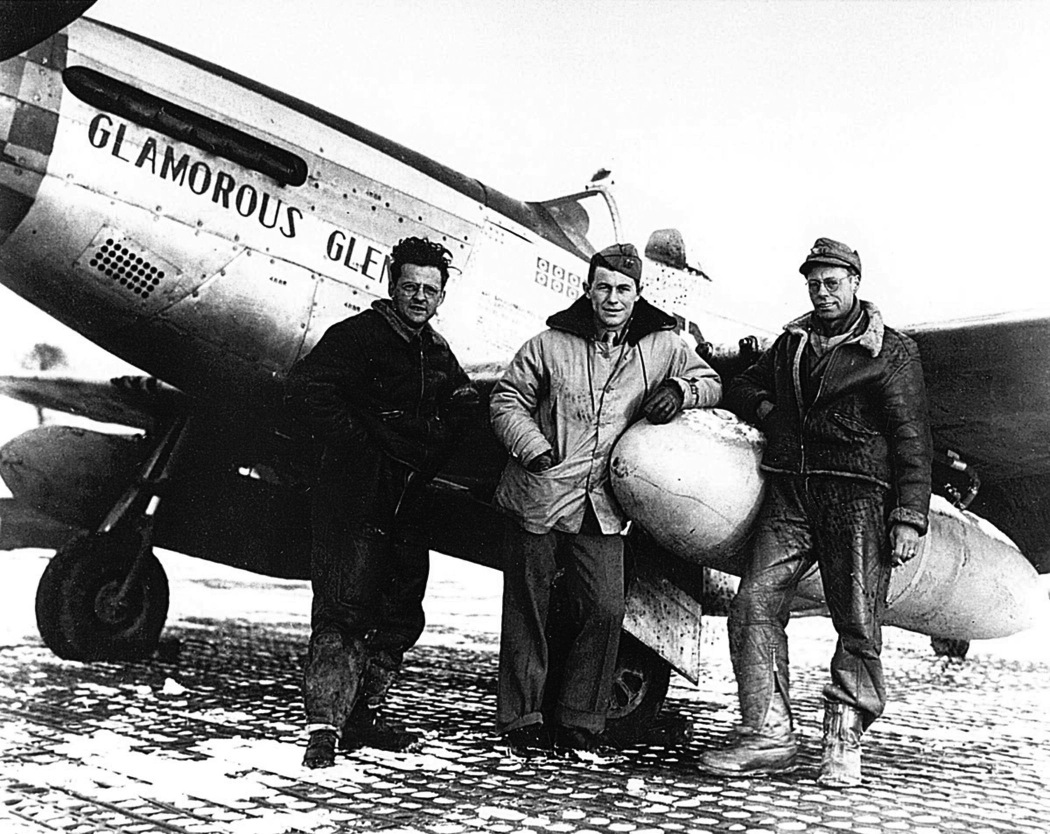
USAF Photo
Chuck Yeager (center) and his World War IIground crew pose in front of Glamorous Glen.
Yeager completed primary pilot training atHemet, California, followed by basic in BT-13s at Gardner Field inTaft, California, and advanced training at Luke Field, Arizona. Heearned his pilot's wings with Class 43-C on March 10, 1943.
Later that month, he joined the 363rdFighter Squadron at the Tonopah Bombing and Gunnery Range, Nevada,and began training in fighter tactics in the Bell P-39 Airacobra.When he reported to the 363rd FS, it wasnt as a flying sergeant,though.
By then, the regulationshad changed. Those of us receiving our wings as enlisted men weremade noncommissioned flight officers, wearing blue bars instead ofgold.
Yeager was among 30 pilots in the 363rd thatbegan six months of intensive combat training. He logged 100 hoursin the Airacobra in just the first month. In late June, he begantraining in bomber escort and coastal patrol operations at SantaRosa, California. After a temporary assignment at Wright Field,doing accelerated service testing on a new P-39 propeller, hereturned to California the day his squadron flew to Oroville,California, the next stop on the training schedule.
On his first day in Oroville, the youngmaintenance officer went to a local gymnasium to arrange a USOdance. Yeager was instantly attracted to the 18-year-old socialdirector, Glennis Dickhouse. He asked the pretty brunette if shecould arrange a dance that evening for about 30 men, and invitedher to be his date. She agreed to both requests.
Yeager recalled thathis date had trouble understanding his West Virginia accent, but itwas evident from the beginning that he had a lot in common withGlennis. She was raised on a ranch and liked to hunt, fish andswim.
Yeager had found a woman who was as toughand gusty as she was good-looking. When I met her she had threejobs and was making more money than I made. I was getting $150 amonth.
When he left Oroville, they promised towrite. He was soon off to Casper, Wyoming, for the final phase oftraining. There, he was hospitalized briefly with a fractured back,after he bailed out of his P-39 when the engine blew and his planeburst into flames.
COMBAT AND EVASION

GCYI Photo
Yeager flew Glamorous Glenn II after hereturned to combat in 1944.
In late November 1943, the 357th FG sailedfor England. Based at Leiston, 60 miles up the coast from London,the 357th was the first unit in the 8th Air Force to employ theP-51 Mustang.
The group logged its first combat mission onFeb. 11, 1944, and Yeager scored his first aerial victory on March4, when he downed a Messerschmitt Me-109 over Berlin. He was shotdown the following day, on his eighth combat mission, during a raidon Bordeaux, France. I found out I wasnt so Sierra Hotel(hot).
On the morning of March 5, 18 Mustangsescorted B-24s on a bombing run. Four flights of four P-51sprovided air cover. Yeager, flying Glamorous Glen, and anotherpilot were to join the mission in case of aborts. When a Mustangwith engine problems turned back over the Channel, Yeager pulled inas tail end Charlie.
Next page
